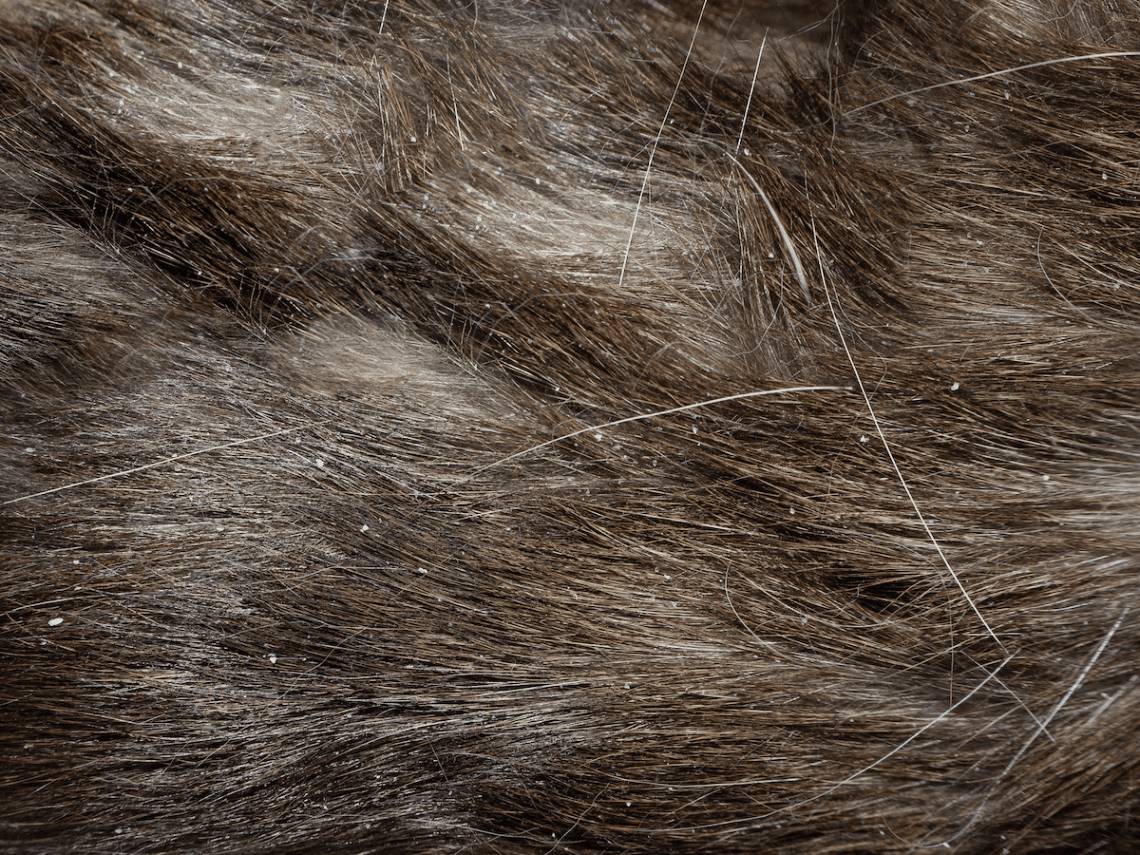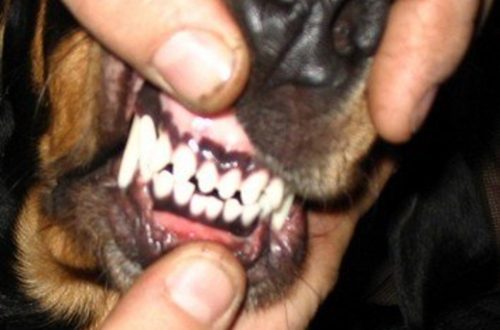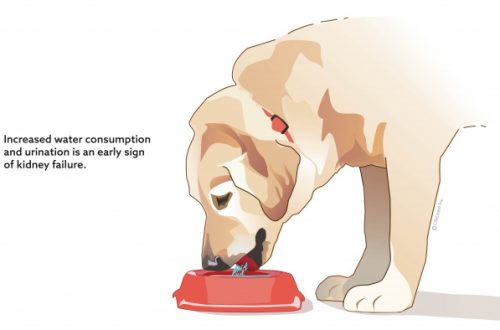
The dog has dandruff. What to do?

Normally, desquamation of the epithelium occurs in separate cells that are not visible to the naked eye. If this process is disturbed, the growth and development of epidermal cells can occur faster, and also due to pathological processes occurring in the skin, the cells begin to exfoliate not individually, but in large groups (scales), which are clearly visible on the coat and skin of the dog and are usually described like dandruff.
Dandruff can be observed evenly over the entire surface of the dog’s body or only in certain areas. In color, character and size, the scales can be white, gray, brown, yellowish, small, large, powdery, loose or attached to the skin or coat, dry or oily.
Normally, dandruff in dogs can appear during excitement or stress (for example, when traveling to the veterinary clinic or to the country).
This can happen even after the dog met his “foe” on the street and desperately rushed at him, showing all his power and fury, but at the same time remaining on a leash. In this case, you can notice that the entire pet’s coat is covered with dandruff, which is especially noticeable on dark-colored short-haired dogs. However, such dandruff will disappear as quickly as it appeared.
Diseases in which dandruff is often observed:
Sarcoptosis (infection with scabies mite). Depending on the degree of damage, dandruff can be observed almost all over the body or only in certain areas. The head, front paws, auricles are most often affected; the disease is accompanied by itching and other skin lesions, such as scabs, scratching, hair loss.
Demodecosis With this disease, the scales are dark gray in color and greasy to the touch. The itch, as a rule, is not expressed, the centers of alopecia are observed. In the case of localized demodicosis, this may be a small area of skin without hair, covered with gray scales.
Cheyletiellosis. This ailment causes moderate itching, yellowish scales appear attached to the coat, more often in the back and base of the tail.
Bacterial and fungal skin infections. In this case, the lesions are more often located in the abdomen, inner thighs, armpits, on the lower part of the neck. Scales are observed along the edges of the lesions, often attached to the skin. Itching can be of varying intensity. Diseases are often accompanied by an unpleasant odor from the skin.
Dermatophytia (ringworm). The disease is characterized by patchy alopecia and flaking of the skin in these areas, but is usually not accompanied by itching.
Ichthyosis. This hereditary disease is often seen in Golden Retrievers and American Bulldogs, Jack Russell Terriers, and is characterized by the formation of large paper-like scales. The trunk is mainly affected, but without itching and signs of inflammation, this disease can manifest itself from a very early age.
alimentary allergy. In addition to all other symptoms, it can also be manifested by the appearance of dandruff.
Primary seborrhea. This disease is characterized by a hereditary disorder of keratinization processes, observed in American Cocker Spaniels, Irish Setters, German Shepherds, Basset Hounds, West Highland White Terriers and some other breeds. Usually occurs at an early age; among its main symptoms are dullness of the coat, dandruff and the appearance of large scales on the coat. In addition, the skin becomes oily and acquires an unpleasant odor, external otitis is often observed and a tendency to secondary bacterial and fungal infections.
Autoimmune skin diseases, epitheliotropic lymphoma.
Endocrine diseases: hyperadrenocorticism, hypothyroidism, diabetes mellitus.
Deficiency of certain nutrients, unbalanced diet.
Obviously, the appearance of dandruff in a dog in most cases is not a cosmetic problem at all, but a symptom of a disease, and often quite serious, so it is better not to postpone a visit to the veterinary clinic.
The article is not a call to action!
For a more detailed study of the problem, we recommend contacting a specialist.
Ask the vet
November 28, 2017
Updated: January 17, 2021





